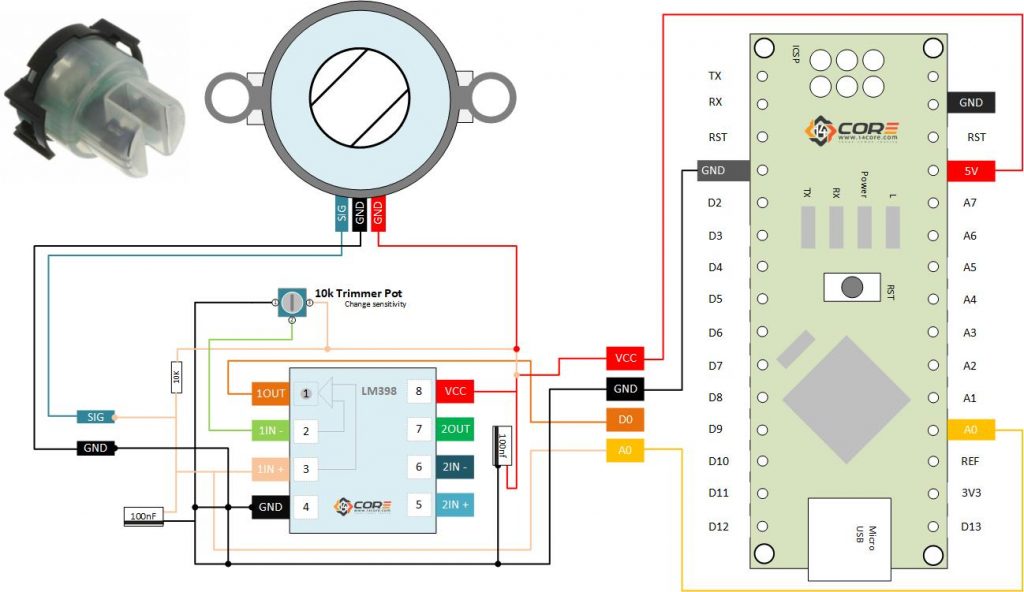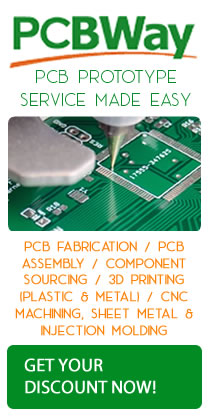This is the Turbidity Sensor. This sensor measure the turbidity amount of suspended water particles on the water perfect for water treatment equipments. This device has an optical sensor for measuring a turbid water density or an extraneous matter concentration using the refraction of wavelength between photo transistor and diode. By using an optical transistor and optic diodes that measures the amount of light receives in order to calculate water turbidity.
The sensor operates on the principle that when the light is passed through a sample of water, the amount of light transmitted through the sample dependent on the amount of soil in the water. As the soil level increases, the amount of soil in the water. As the soil level increases, the amount of transmitted light decreases. The turbidity sensor measures the amount of transmitted light to determine the turbidity of the water. Basically these device can be found mostly on your washing machines. As you can see the diagram below the sensor is connected to the LM398 OPAMP. These devices consist of two independent, high-gain frequency-compensated operational amplifiers designed to operate from a single supply or split supply over a wide range of voltages. For more reading please refer to this link or check the data-sheet below.
Required Components
- Arduino IDE | Atmel Studio | Energia
- Arduino PRO, FIO, NANO, UNO, MINI, MEGA, PRO MINI, LEO, BT, DUE, ETHERNET,LILYPAD, NodeMCU, Teensy Board, TeensyDuino, ESP8266 12, 12E, ESP32, LinkItOne, ESP8266 NodeMCU, ESPDuino, ATMEGA328 16/12, ATMEGA32u4 16/8/ MHz, ESP8266, MSP430 ,ATMEGA250 16 MHz, ATSAM3x8E, Note: The Diagram below is using NANO. (please refer to each MCU’s respective pin-outs & bus configurations)
- Turbidity Sensor / Module
- LM398
- Capacitors (See below required values)
- Resistors (See below required values)
- Jumper Wire
Wiring Guide
Source Code
|
1 2 3 4 5 6 7 8 9 10 11 12 13 14 15 16 17 18 |
#define senseInput = A0; //Set to A0 as Analog Read int senseRawValue; //Some variable float senseTurbidity; //Some floating variable void setup(){ Serial.begin(9600); //Set as serial communication baud rate 9600 Serial.println(" 14CORE | TURBIDITY SENSING ANALOG TEST CODE "); Serial.println("Initializing................................."); delay(4000); } void loop(){ senseRawValue = analogRead(senseInput); //Read input raw value fromt the sensor senseTurbidity = senseRawValue * (5.0 / 1024.0); //Convert analog data from 0 -1024 to voltage 0 - 5v; Serial.println("TURBIDITY VALUE > "); //Print the output data to the serial Serial.println(senseTurbidity); delay(500); } |





